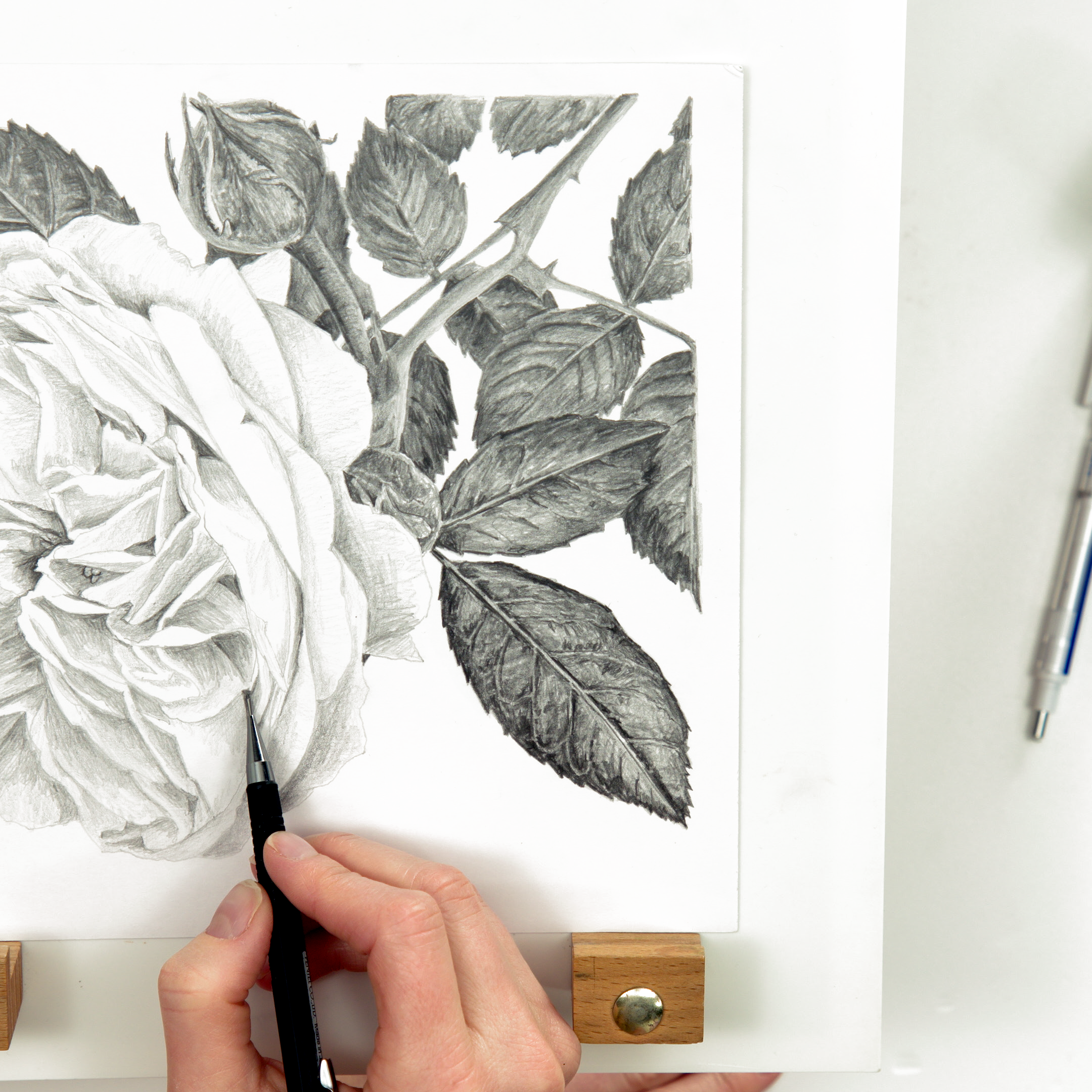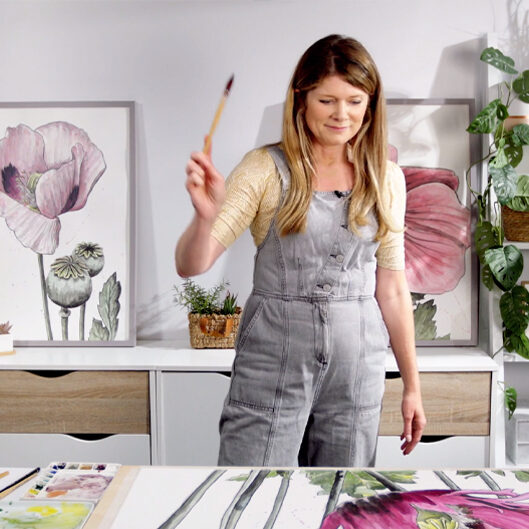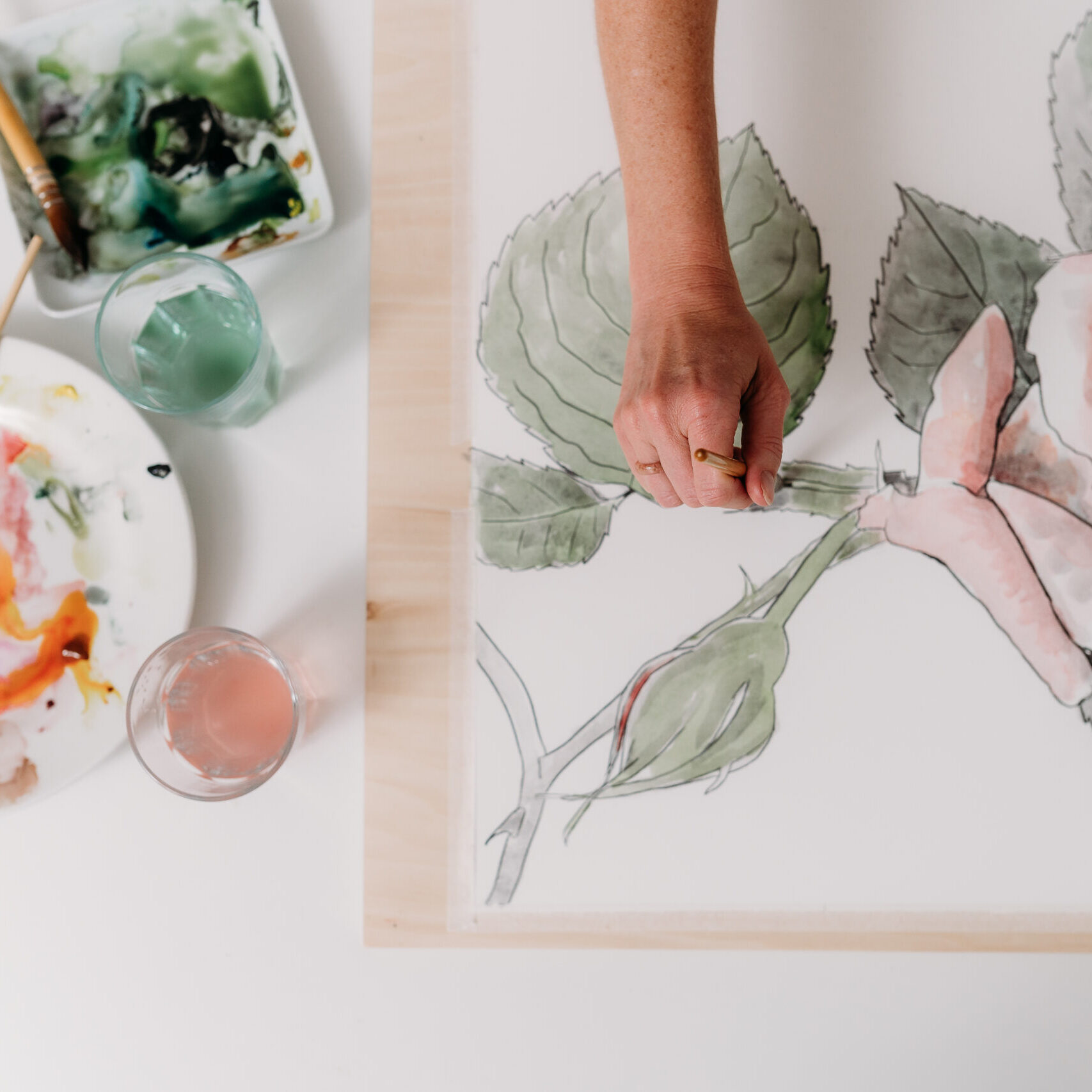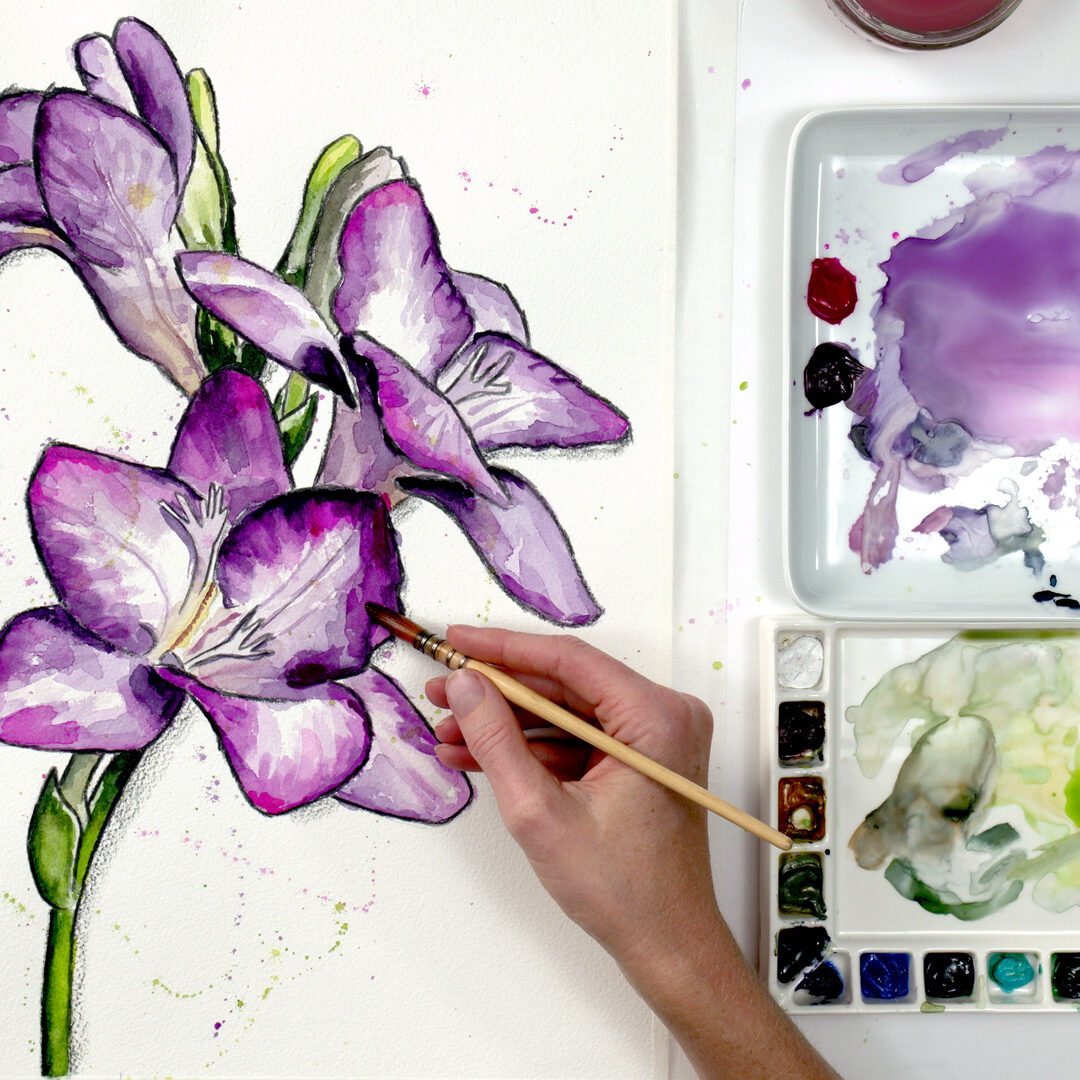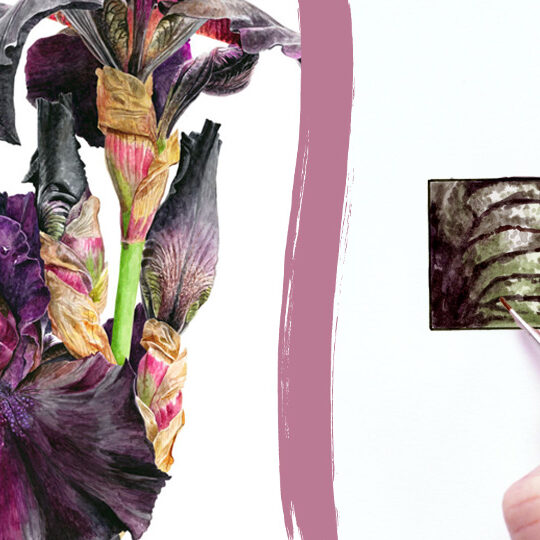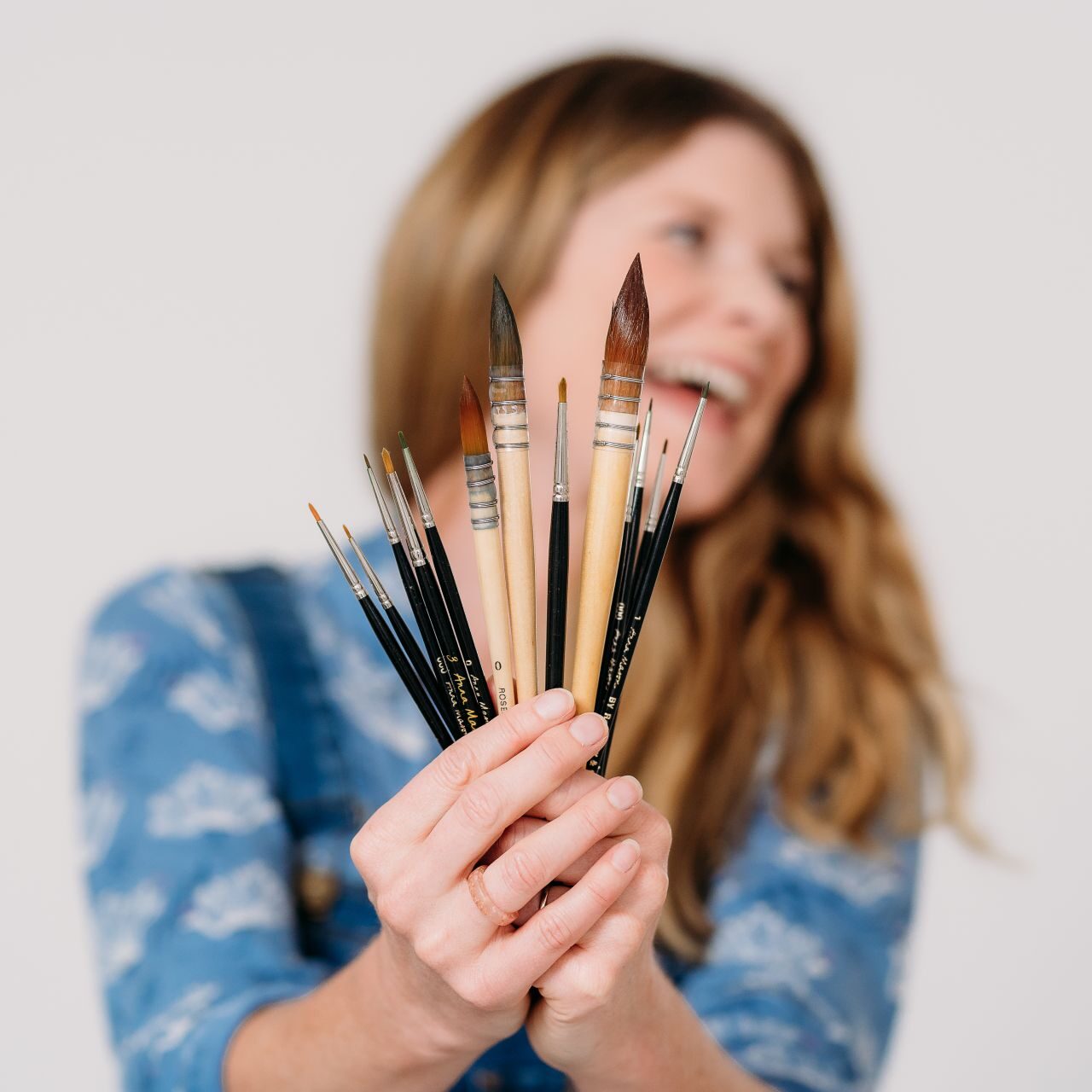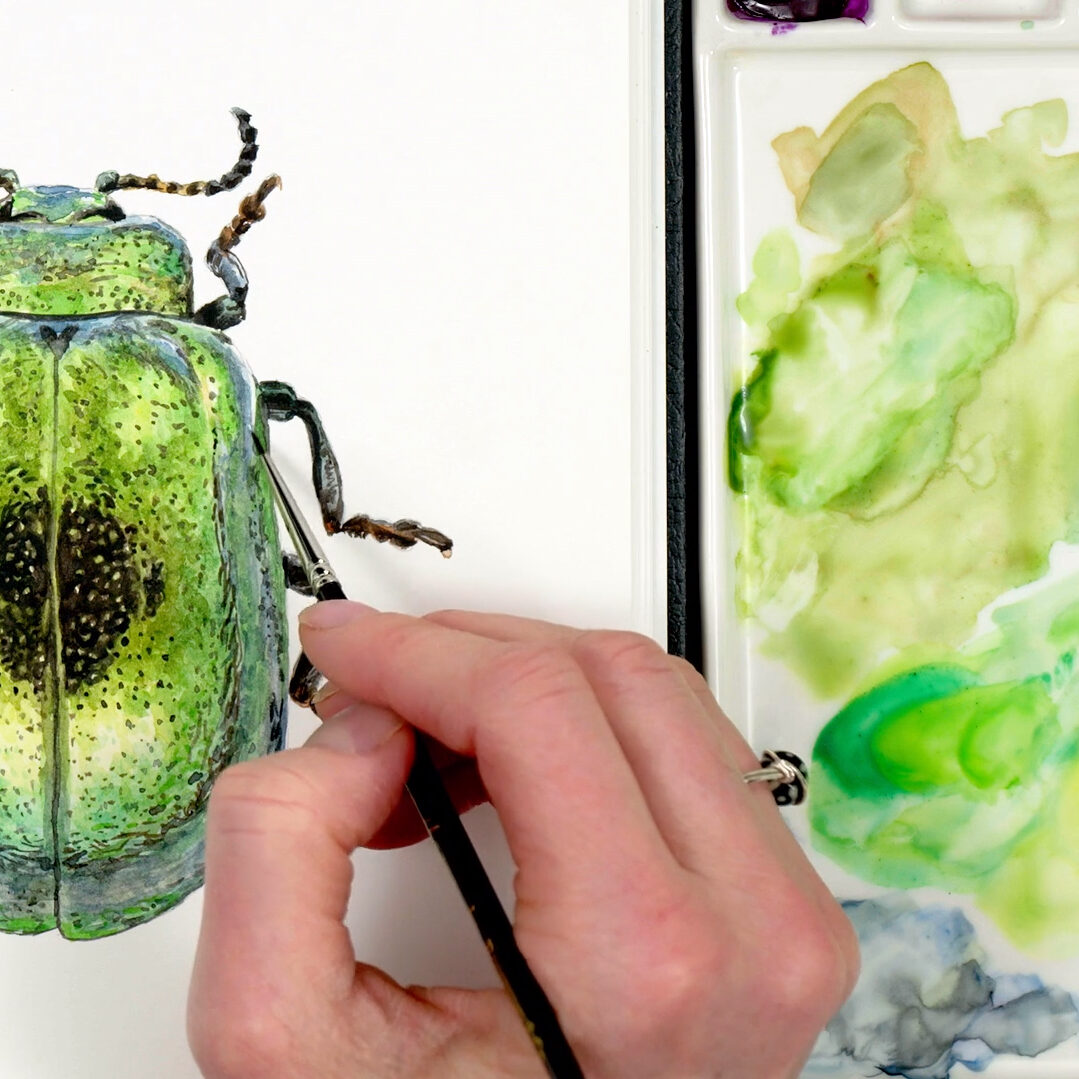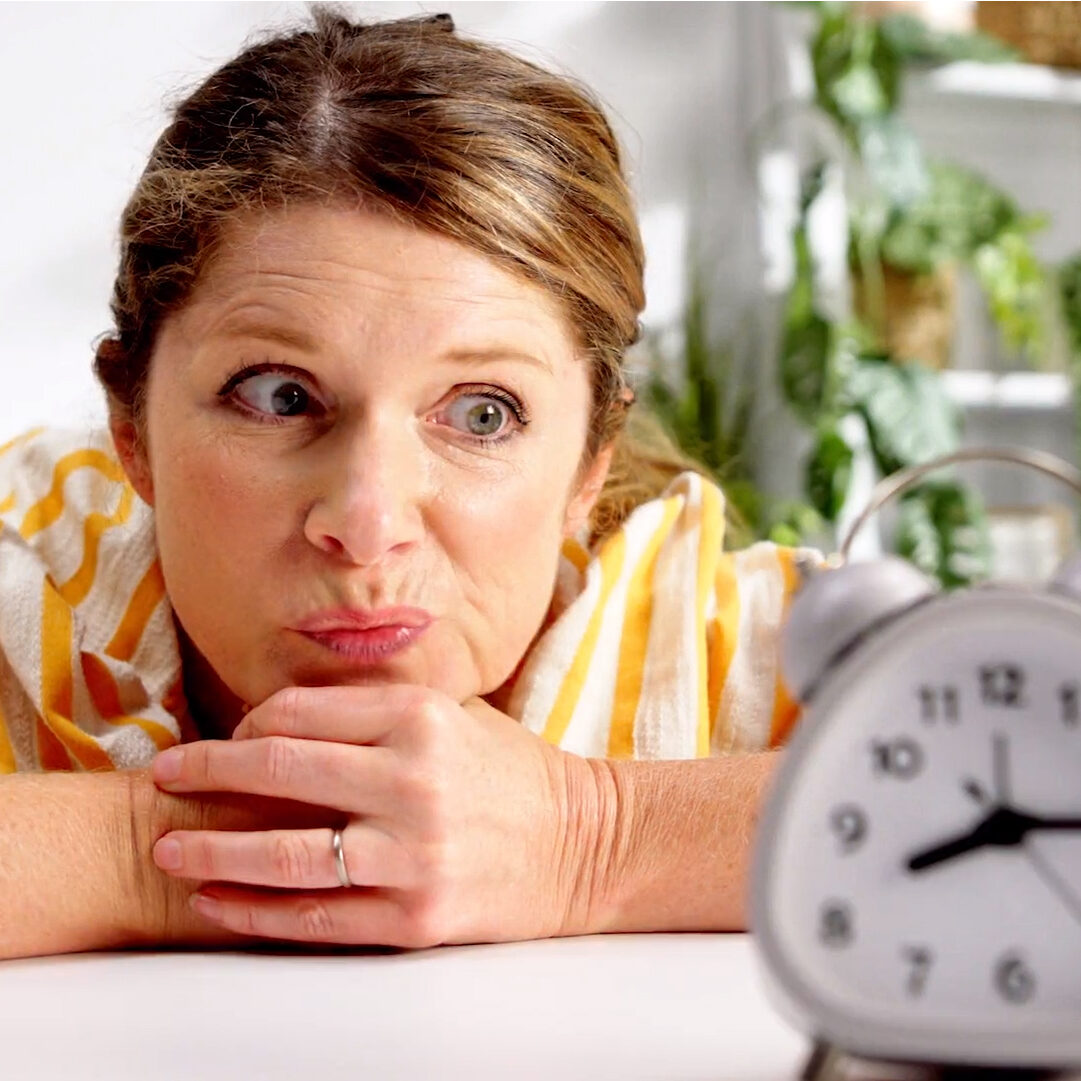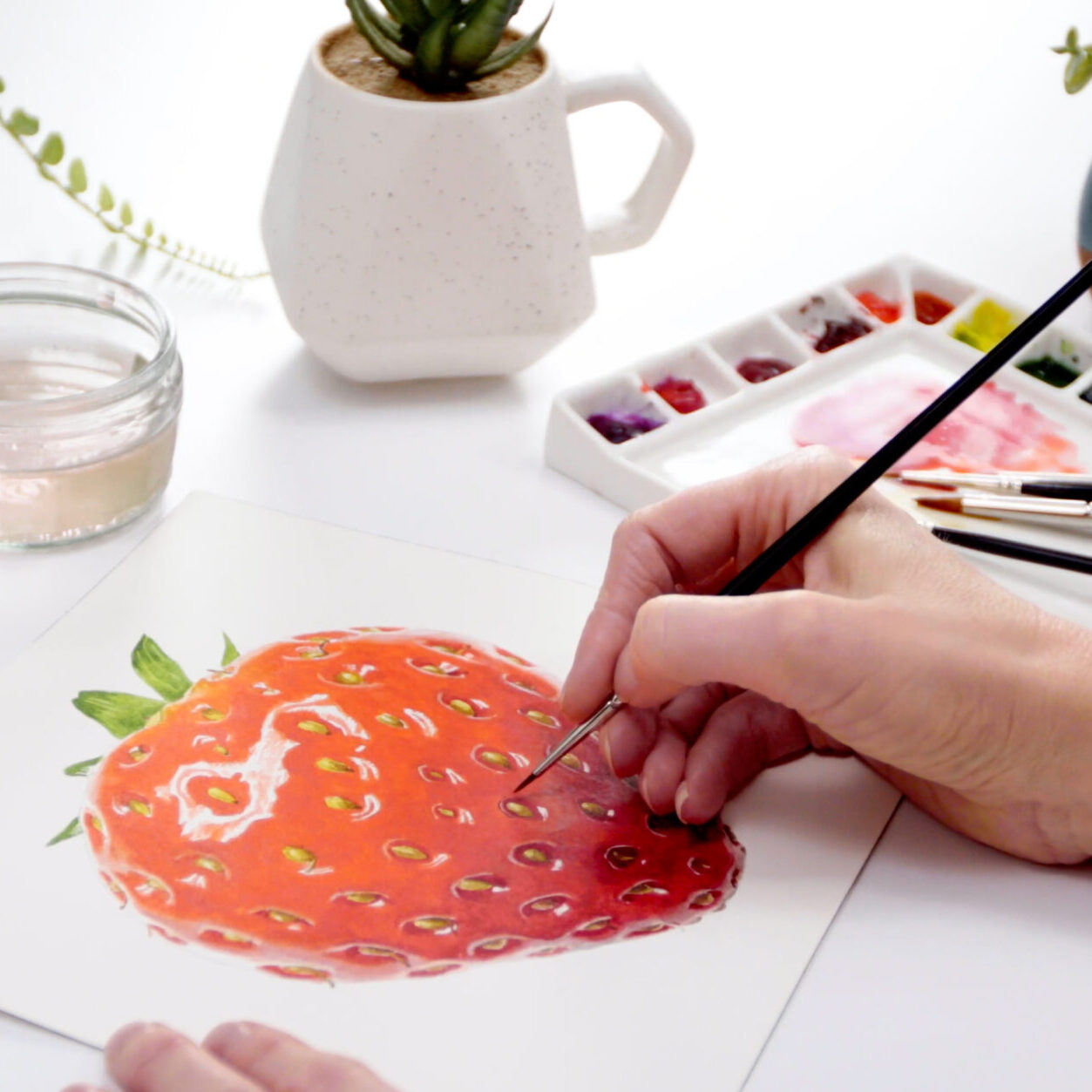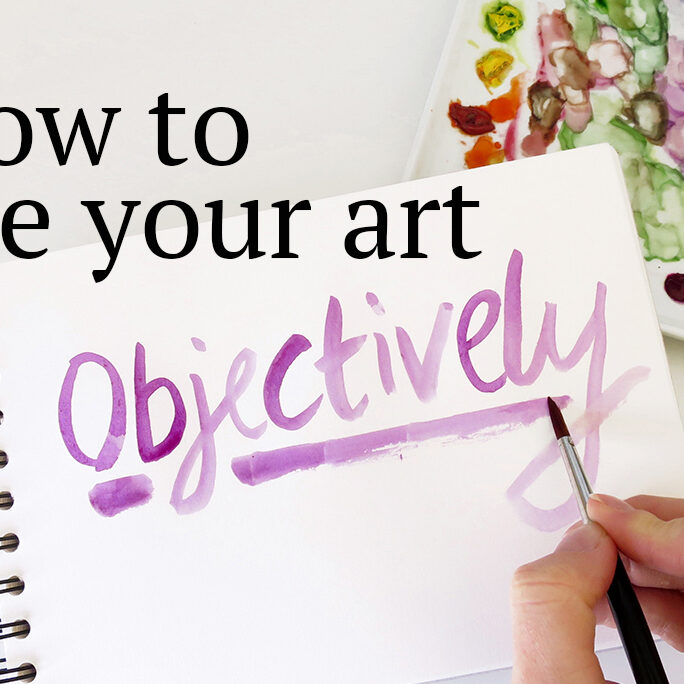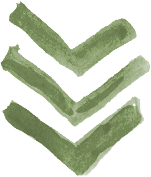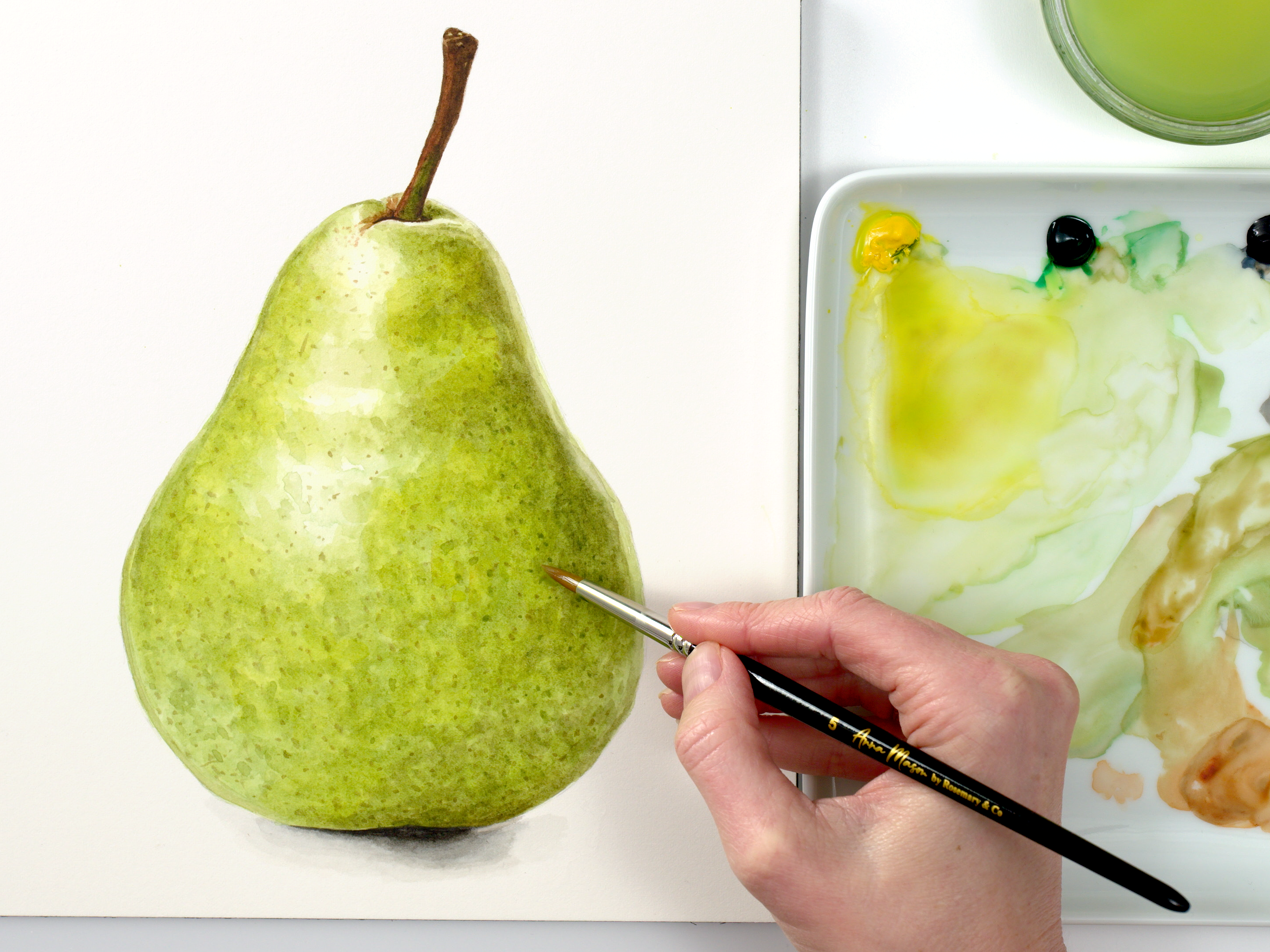How to paint what you see [artist’s eye training]
Are you in search of some realistic painting tips to help you get better results?
One of the very best ways you can get better at painting is to practice painting what you REALLY see. In other words, to train your artistic eye to observe more details, textures and colours.
This is one of the best realistic painting tips to apply to your creative practice.
Even if you prefer to work in different styles to realism, knowing how to paint what you see can improve your results.
That’s because training your artistic eye to see ALL of your subject put you in the best possible starting point for painting it in any style, whether realistic or more expressive.
So if you’re wondering how to paint better pictures, where do you start?
A good place is to be really clear on what exactly is meant by realism.
What exactly are the things we seek to achieve in our artwork when we work in that style, and what realistic painting tips can we use in our artwork?
In this short explainer video, we’ll discuss all of these points with illustrated examples:
Of course, when you’re working from observation, it really helps if you’re in control of what the paint does. For that, I recommend using this easy watercolor method.
It gives you 4 simple rules for how to paint realistic watercolor, and following those four rules is one of my other top tips for realistic painting. You’ll find that the more you work from observation and seek realism in your work, the more your artistic eye will develop.
You’ll start to see more colors and details everywhere.
You’ll notice interesting textures and your mind will automatically think about how you’d paint them. It can be hugely inspirational.
At Nature Studio, members build their technical skills through painting in a realistic style. As they see the results on their paper improving, they also feel their artist’s eye developing.
Once they reach the stage of creative independence, some choose to continue working realistically as their preferred style. And others like to explore and experiment by applying the realistic painting tips they’ve learned to looser, more expressive styles.
How about you? Have you practiced painting what you really see?
If so, did you find that you started noticing more and more and more details in the world around you?
If you’re earlier in your artistic journey, are you feeling inspired to practice painting what you see?
Please leave a comment to share your experiences.
And let us know any more realistic painting tips you’ve found useful!
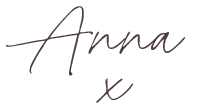
Browse more blog posts
Share this post!
Share this post!
Subscribe to blog updates
Blog Updates
The information you provide here will be used only to deliver the email course, along with other relevant updates from me. You can unsubscribe anytime. Click here for our privacy policy.

